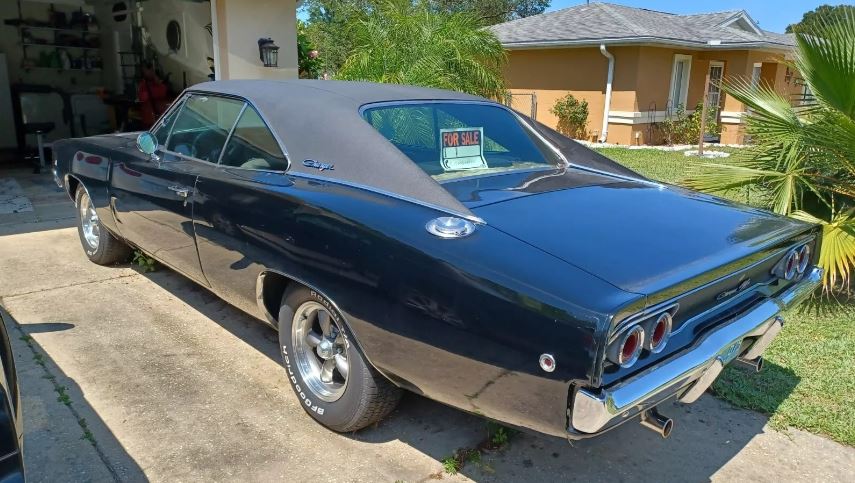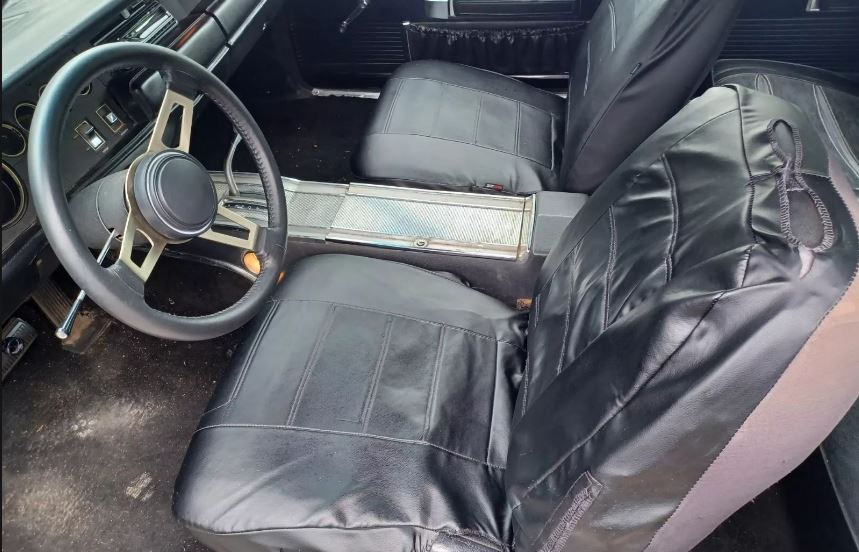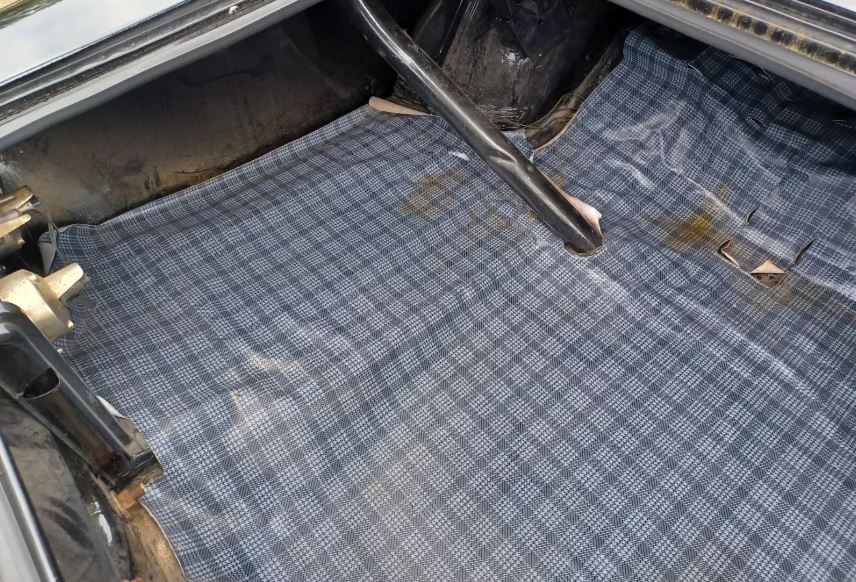Introduced for the 1966 model year, the Dodge Charger arrived in showrooms as a premium fastback aimed at the Rambler Marlin. The two-door sold 37,344 units in its first year on the market, but deliveries dropped to just 15,788 examples in 1967. That’s when Dodge decided to drop the fancy stuff and turn the Charger into a more conventional muscle car.
The second-gen model debuted in 1968 with coke-bottle styling and a more mainstream hardtop roof. Dodge dropped the individual rear seats and revised the cabin with more straightforward features. The company retained the diverse engine line, which included high-performance 440—and 426-cubic-inch (7.2—and 7.0-liter) mills. This new recipe made the Charger a huge success. Dodge sold 96,100 units in 1968.
It’s 2024, and the 1968 Charger is among the most desirable iterations of the nameplate. The R/T version gets the most attention, while the HEMI Charger stands out as the rarest and most desirable. However, there’s no shortage of 1968 Chargers that are still waiting to be restored.
The triple-black example you see here is not one of those hopeless rust buckets you run into at junkyards, but it needs some TLC to recapture its former glory. Ordered in black paint with a black vinyl top and a matching interior, this triple-black Mopar looks the part from a distance. The fact that it was restored in the early 2000s certainly helps, but some issues become apparent upon closer inspection.
While the exterior is still in excellent condition after all these years, the Charger no longer has its original quarter panels. These were cut out back in the day when this Dodge was raced at the drag strip. New quarters were welded in during the restoration. Then there are the front floor pans, which will need to be replaced.
There’s also a bit of surface rust in the trunk, which will have to be addressed to prevent the rot from expanding. Overall, the interior doesn’t look bad, but it needs a thorough cleaning. The seats need to be recovered, per the seller.
Things become rather disappointing when you open the hood. Originally equipped with a four-barrel 440-cubic-inch (7.2-liter) V8, the Charger now relies on a two-barrel 383-cubic-inch (6.3-liter) mill from the 1967 model year. While the original 440 delivered 375 horsepower, the two-barrel 383 was rated at 270 horses when new. It’s safe to say the 440 was damaged during the car’s racing days. Granted, sourcing a period-correct unit shouldn’t be a difficult task, but such a downgrade is rather annoying.
However, the unfortunate swap didn’t prevent potential buyers from bidding $25,200 as of this writing. There is no reserve, and the auction will be online through July 16. How much would you pay for this non-numbers-matching 1968 Charger?


